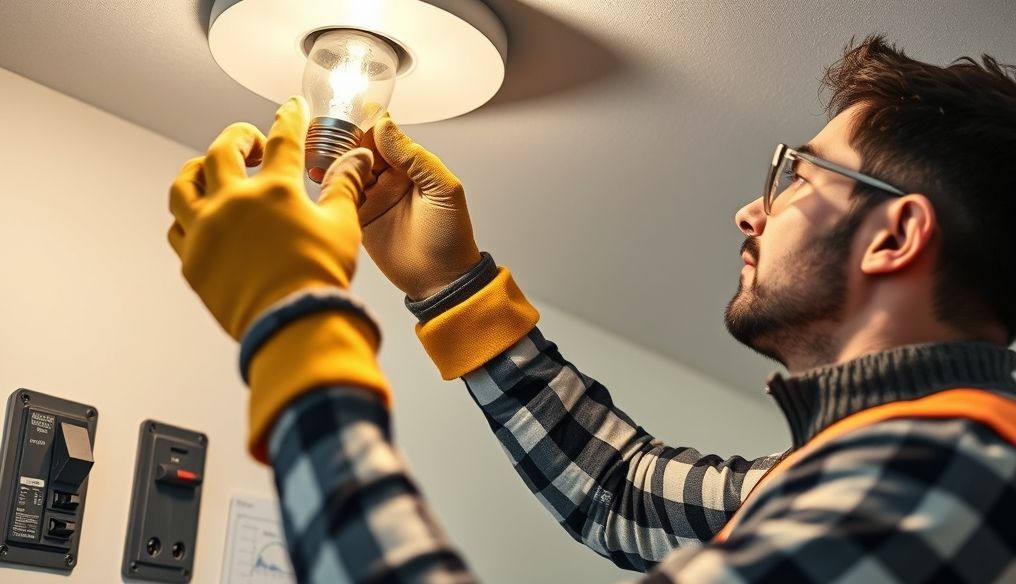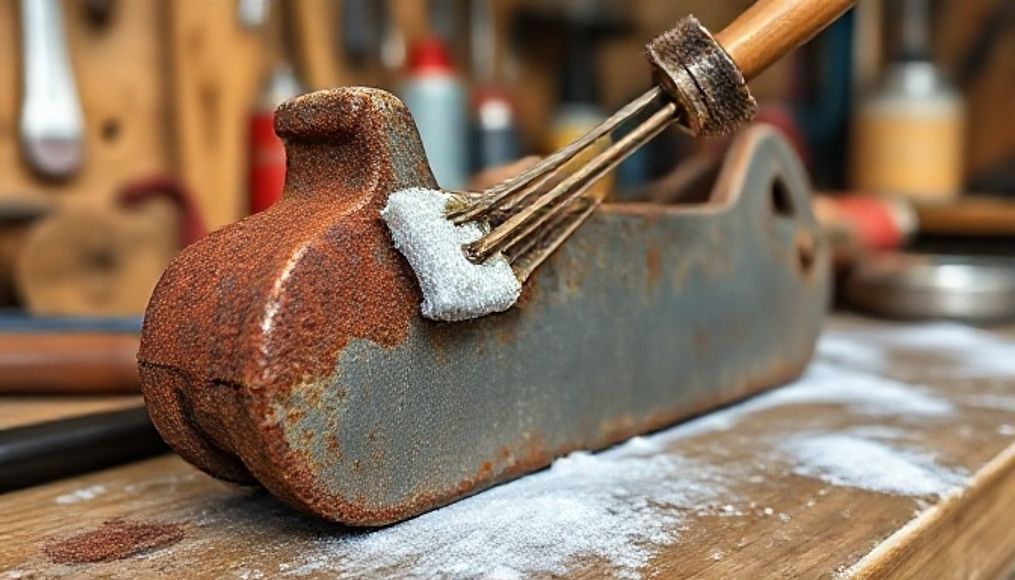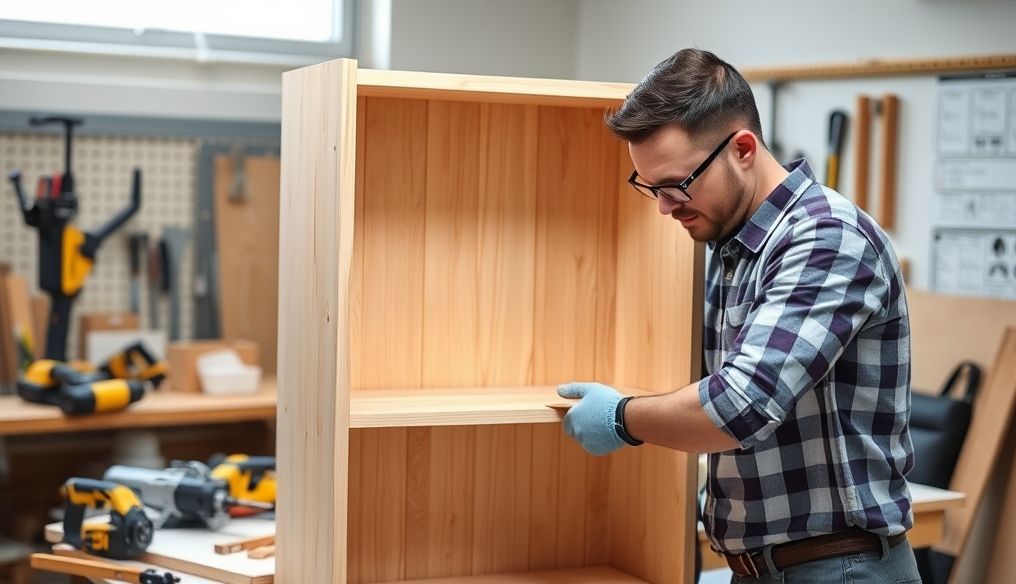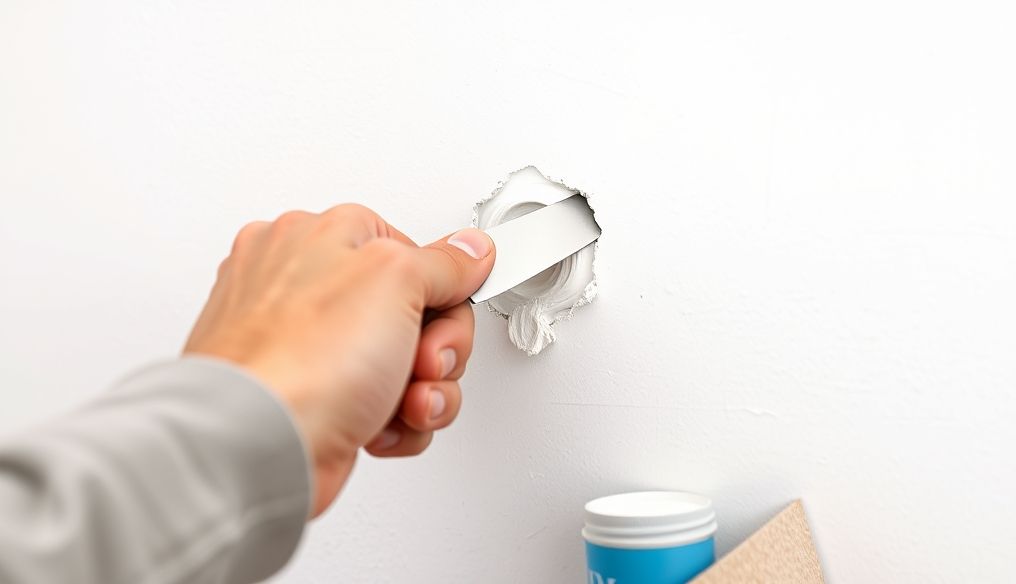Introduction: Why is Changing a Burned-Out Light Bulb Safely Necessary?
Changing a burned-out light bulb may seem like a simple task, but it involves inherent risks if not handled carefully. Electricity is unforgiving, and electric shock can be fatal. Additionally, a broken bulb can cause serious injuries. Therefore, it is essential to follow basic safety steps to ensure you change the bulb safely and protect yourself and your family.
Chapter 1: Tools and Materials Needed to Change a Light Bulb Safely
Before you start changing the bulb, make sure you have the following tools and materials:
- Stable ladder or chair: To reach bulbs in high places.
- Insulated gloves: To protect your hands from electric shock and cuts.
- Safety glasses: To protect your eyes from glass shards if the bulb breaks.
- New bulb: Of the same type and wattage as the burned-out bulb.
- Cloth or towel: To clean up any broken bulb remnants.
- Garbage bag: To safely dispose of the burned-out bulb.
- Screwdriver (optional): You may need it to loosen the lamp cover.
Chapter 2: Basic Safety Steps Before Starting to Change the Bulb
Before you touch anything, follow these important steps:
- Turn off the power: The most important step! Go to the electrical panel and turn off the circuit breaker that feeds the lamp. Make sure you have turned off the correct breaker.
- Wait for the bulb to cool: If the bulb was lit before burning out, wait a few minutes for it to cool down to avoid burns.
- Inform others: Tell your family members that you are changing the bulb and that the power is off.
- Check stability: Make sure the ladder or chair you are using is stable and secure before climbing on it.
Chapter 3: How to Remove the Burned-Out Bulb Safely
The method of removing the bulb depends on the type of lamp:
1. Incandescent Bulbs:
- Wear gloves and safety glasses.
- Grip the burned-out bulb firmly.
- Turn the bulb counterclockwise to loosen it.
- If the bulb is stuck, use a cloth or towel to provide a better grip.
- If the bulb breaks, do not try to remove the base with your bare hands. Use pliers or tweezers to remove it carefully.
2. Compact Fluorescent Lamps (CFLs):
Compact fluorescent lamps contain a small amount of mercury, which is a toxic substance. Therefore, they must be handled with extreme care.
- Wear gloves and safety glasses.
- Hold the burned-out bulb by the base.
- Turn the bulb counterclockwise to loosen it.
- If the bulb breaks, open the windows to ventilate the room.
- Carefully collect the glass shards using a piece of cardboard or a brush.
- Place the shards and cleaning materials in a tightly sealed garbage bag.
- Contact your local hazardous waste recycling center to dispose of the bag properly.
3. LED Bulbs:
- Wear gloves and safety glasses.
- Grip the burned-out bulb firmly.
- Turn the bulb counterclockwise to loosen it.
- LED bulbs are generally more durable than incandescent or CFL bulbs, but it is still important to handle them with care.
Chapter 4: How to Install the New Bulb Safely
- Make sure the new bulb is the same type and wattage as the burned-out bulb.
- Wear gloves.
- Hold the new bulb by the base.
- Insert the bulb into the socket and turn it clockwise until it is securely in place.
- Do not overtighten the bulb.
Chapter 5: Reconnecting the Power and Testing the New Bulb
- Return to the electrical panel and turn on the circuit breaker that feeds the lamp.
- Observe the new bulb to make sure it lights up correctly.
- If the bulb does not light up, turn off the power again and check that the bulb is securely in the socket.
- If the problem persists, there may be another issue with the lamp or electrical circuit. Contact a qualified electrician.
Chapter 6: Safe Disposal of the Burned-Out Bulb
The method of disposing of the burned-out bulb depends on its type:
- Incandescent bulbs: Can be disposed of in the regular trash.
- Compact fluorescent lamps: Must be disposed of at a hazardous waste recycling center due to their mercury content.
- LED bulbs: Can be disposed of in the regular trash, but recycling is preferred.
Chapter 7: Additional Tips to Ensure Safety
- Do not change the bulb while barefoot or on a wet surface.
- Do not use water to extinguish an electrical fire. Use a suitable fire extinguisher.
- If you are unsure about anything, contact a qualified electrician.
- Use LED bulbs instead of incandescent or CFL bulbs. They are more energy-efficient and last longer.
- Consider installing smart bulbs that you can control remotely. This can reduce the need to change bulbs frequently.
Chapter 8: Dealing with Emergencies
If you experience an electric shock:
- Do not touch the injured person directly.
- Turn off the power immediately.
- Call emergency services at 911 or your local emergency number.
- If the injured person is breathing, place them in the recovery position.
- If the injured person is not breathing, perform CPR until paramedics arrive.
Conclusion: Safety First
Changing a burned-out light bulb is a simple task that anyone can do safely if they follow the correct steps. Always remember that safety should be your top priority. By following these tips, you can protect yourself and your family from potential hazards.




